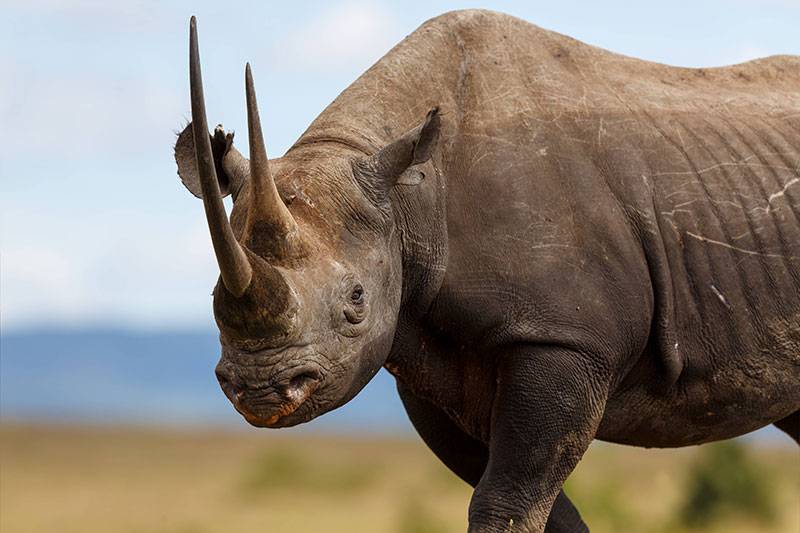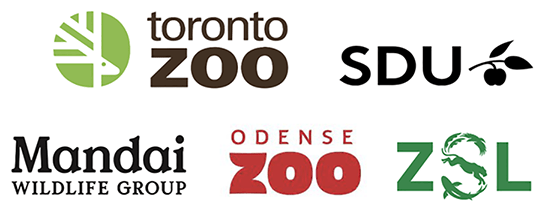Thanks to the ZIMS of zoos and aquariums, the information needed to help save species is dramatically increased.
Despite the amount of data currently available on humans, it is surprising how little we know of other species. Now the study “Data gaps and opportunities for comparative and conservation biology”, published in Proceedings of the National Academy of Sciences ( PNAS ), confirms that from global data covering over 98% of known species of mammals, birds, reptiles, and amphibians missing essential information such as fertility and survival rates.
It is a big gap with far-reaching consequences for the work of environmentalists and scientists seeking to limit the impact of the sixth mass extinction that is underway on Earth. Scientists working around the world on the IUCN Red List, IUCN Species Survival Commission, Convention on International Trade in Endangered Species of Flora and Fauna (CITES), TRAFFIC, Monitor Conservation Research Society and other organizations require demographic data to evaluate the species populations and intervene where necessary.
The principal author of the study, Dalia A. Conde, director of the Species360 Conservation Science Alliance, points out that “It seems inconceivable, but scientists charged with saving species often have to rely on the best hypotheses, hoping for approximate reality.”
The multidisciplinary team that carried out the study, led by researchers from the Interdisciplinary Centre on Population Dynamics (CPop), of the Oxford University, Max-Planck-Institut für demografische Forschung, Syddansk Universitet, San Diego Zoo Global and Species360 Conservation Science Alliance and which saw the participation of 19 institutions, believes that “We can substantially increase what we know about the dynamics of the population of the species by applying new analyses to data that have long been neglected. Predicting when species are at risk and the best way to support diversity and abundance, requires knowing at what age the females reproduce, how many young survive until adolescence and how long the adults live.”
To understand what data are currently available and to measure the gap, the team of 33 scientists, including data analysts, biologists and population dynamics specialists, developed the first Species Knowledge Index (SKI) to map what we know about species in around the world and classify the demographic information available for 32,144 known species of mammals, birds, reptiles and amphibians. The index aggregates, analyzes and maps the data from 22 databases and the IUCN Red List of Threatened Species.
One of the authors of the study, Oliver Ryder, director of conservation genetics of San Diego Zoo Global, explains, “The demographic knowledge of the species index provides significant information that, in combination with genetic data, allows us to estimate the events that influence vitality of the populations. Sometimes the strong population reductions, called genetic bottlenecks, influence the sustainability of the populations, as we discovered in the study on rhinos in danger of extinction.”
Read the full Green Report article here.








